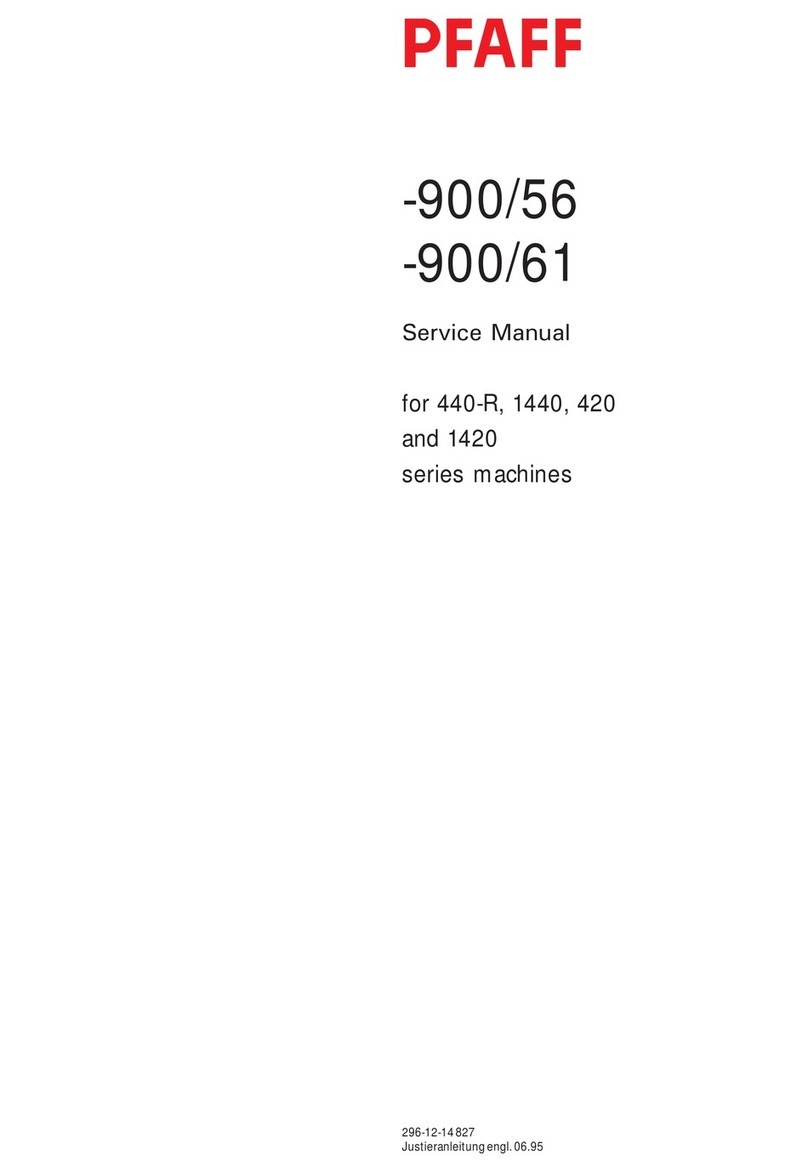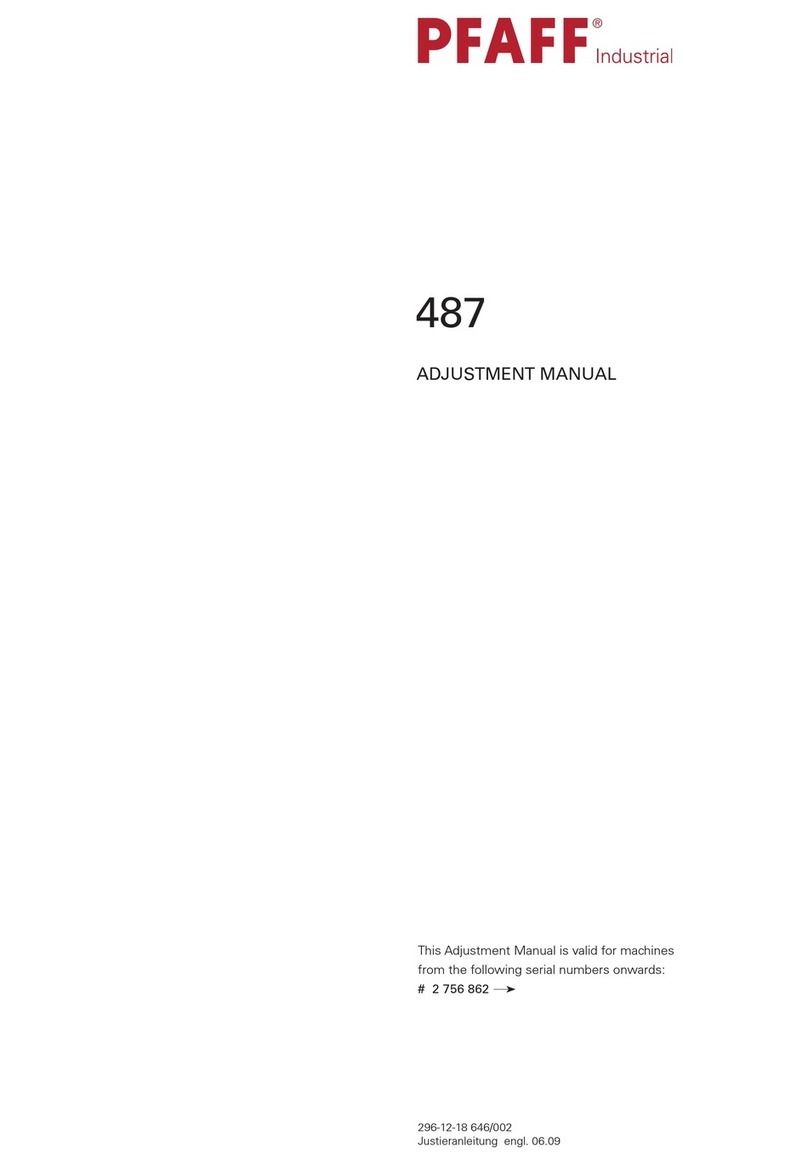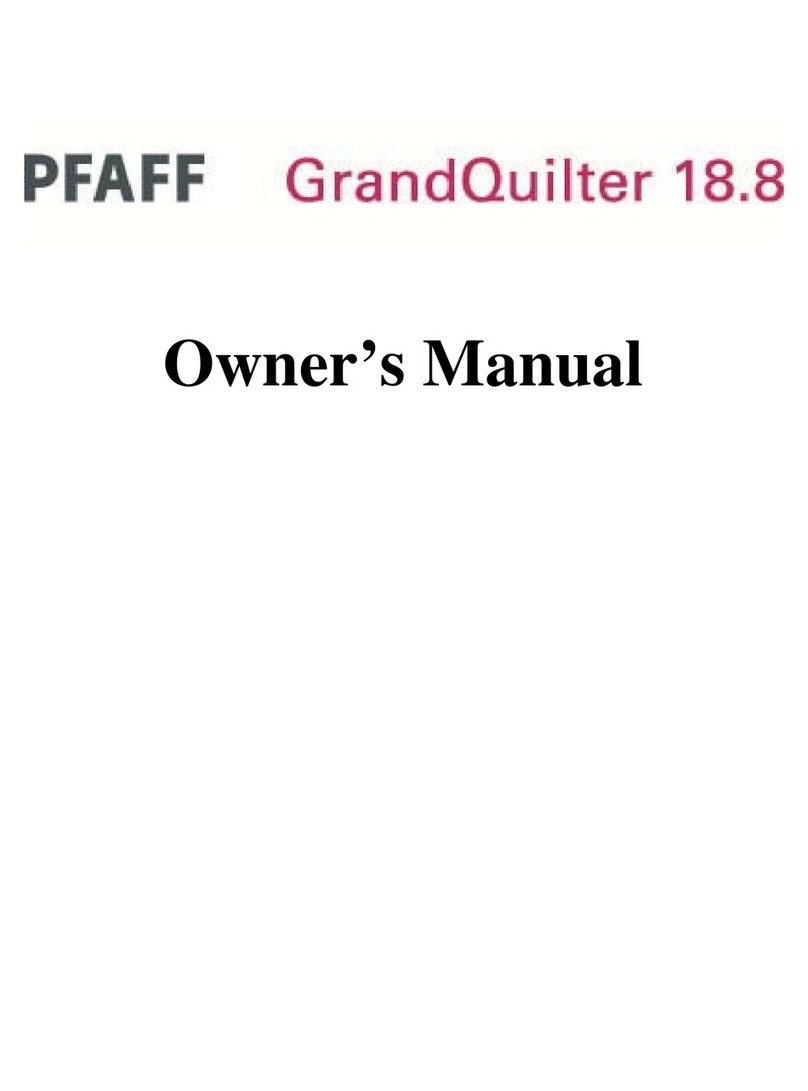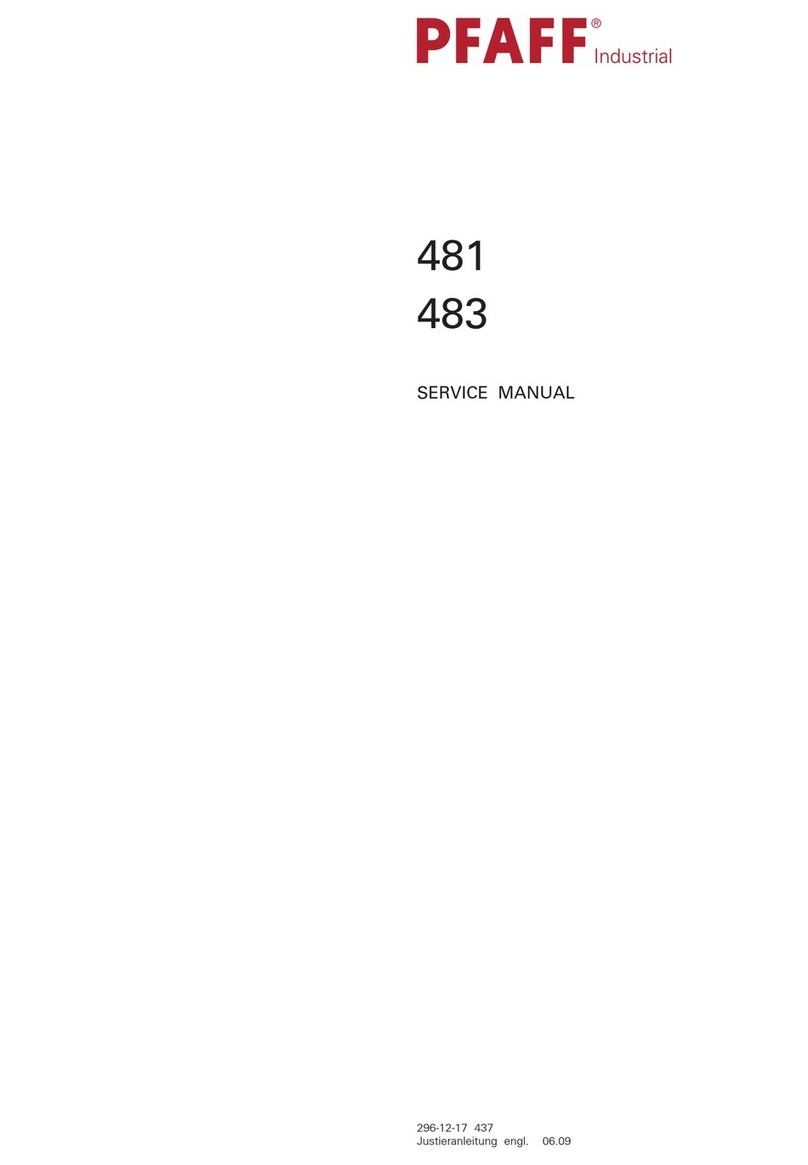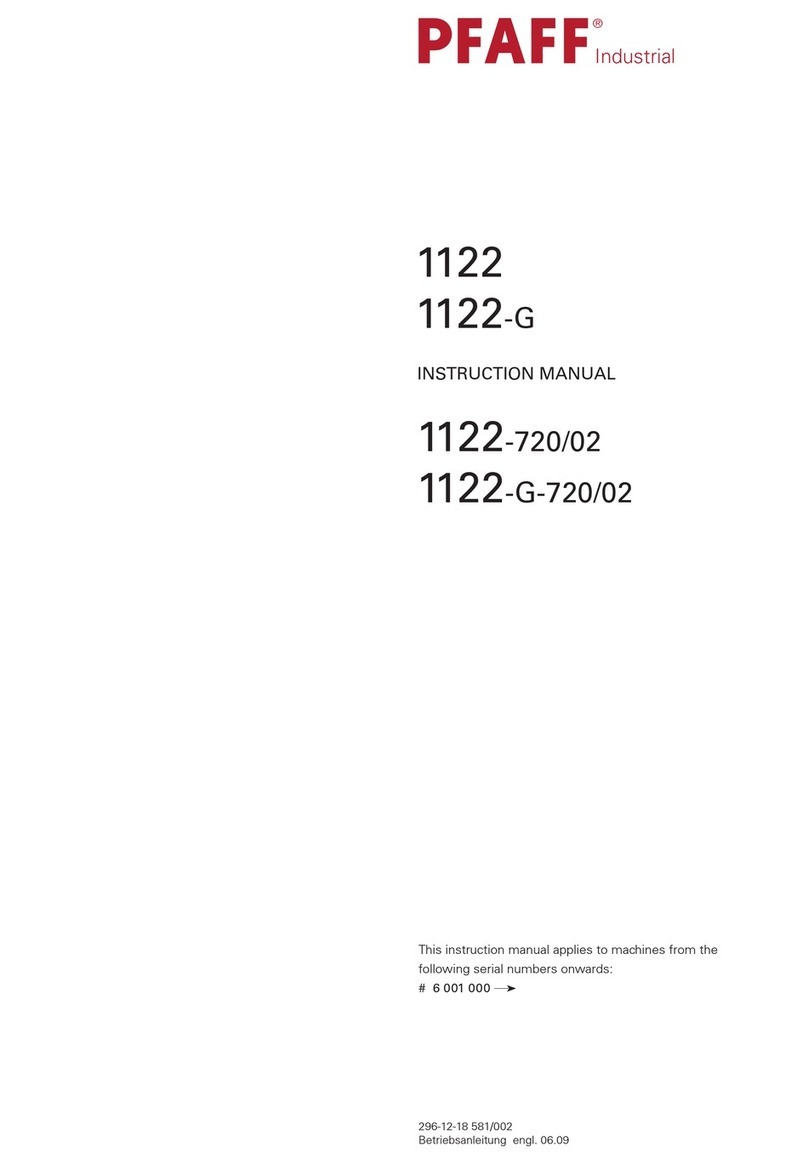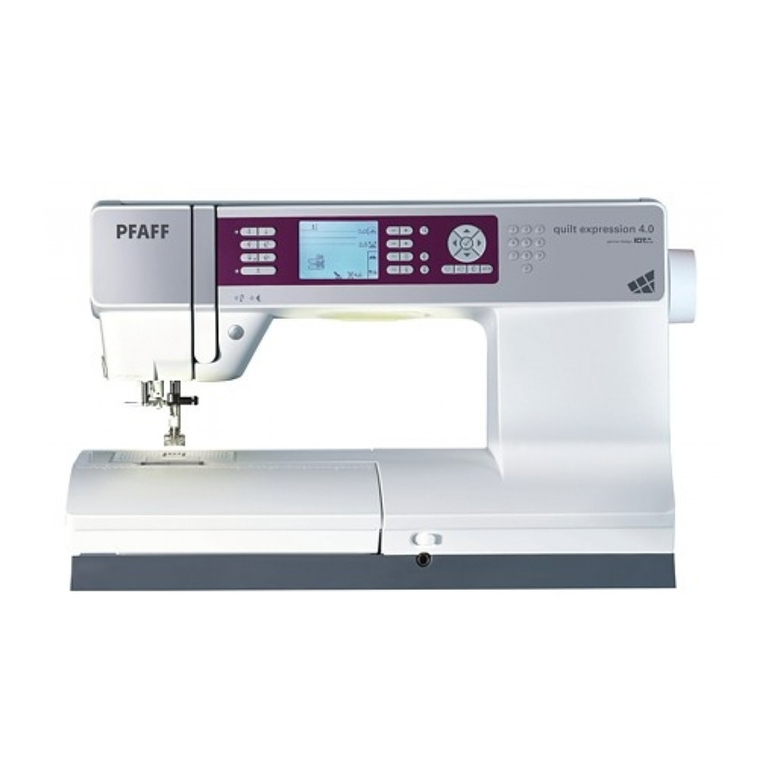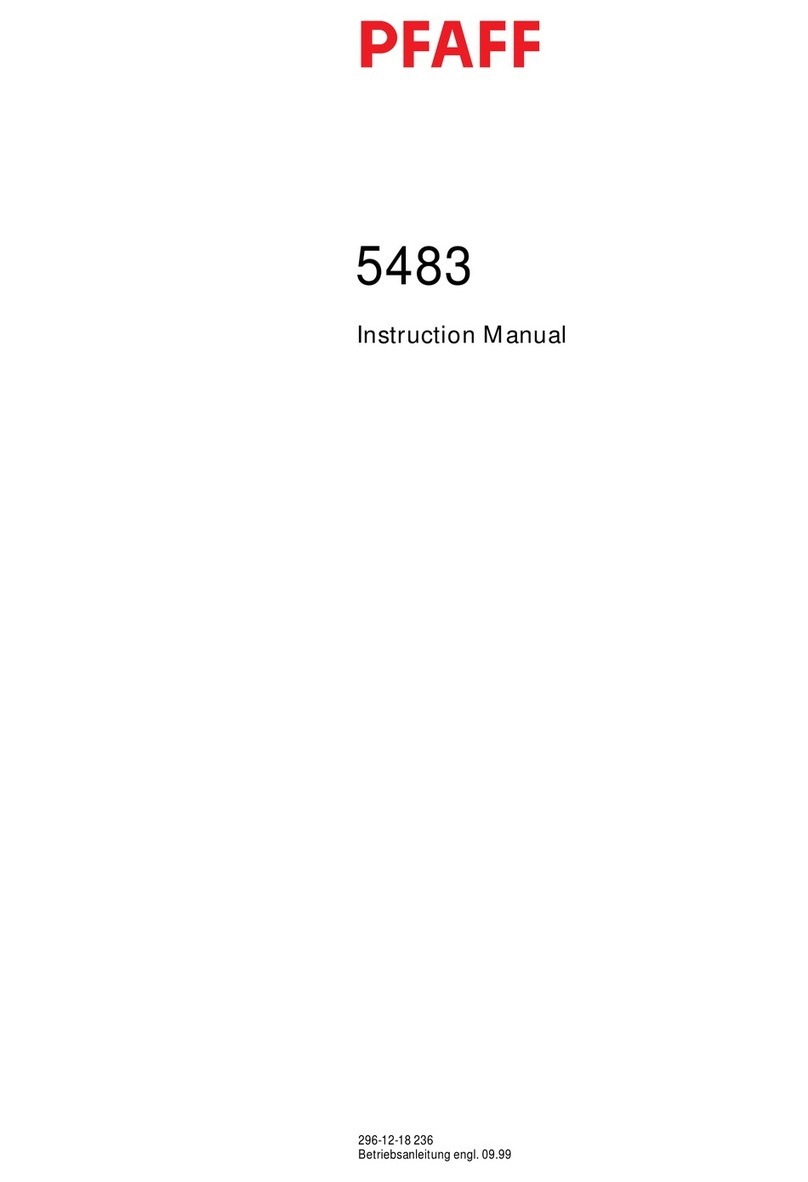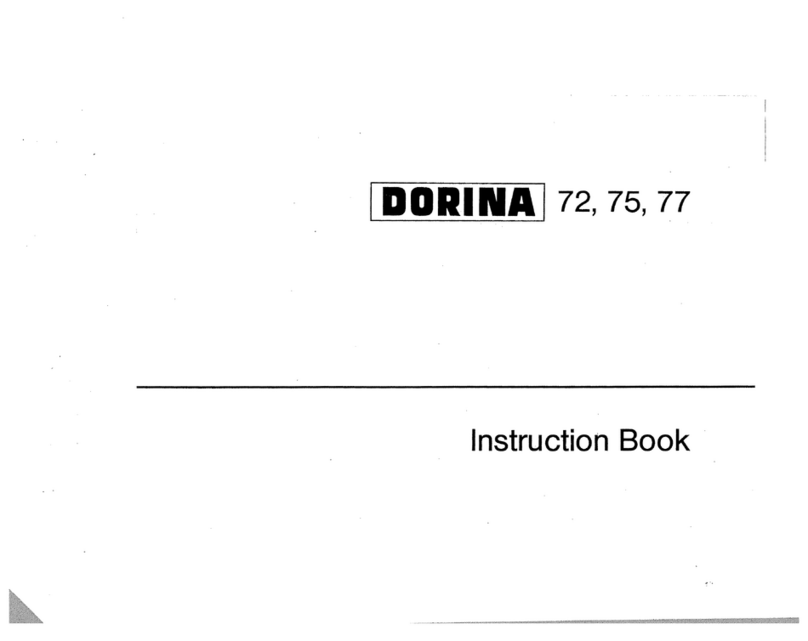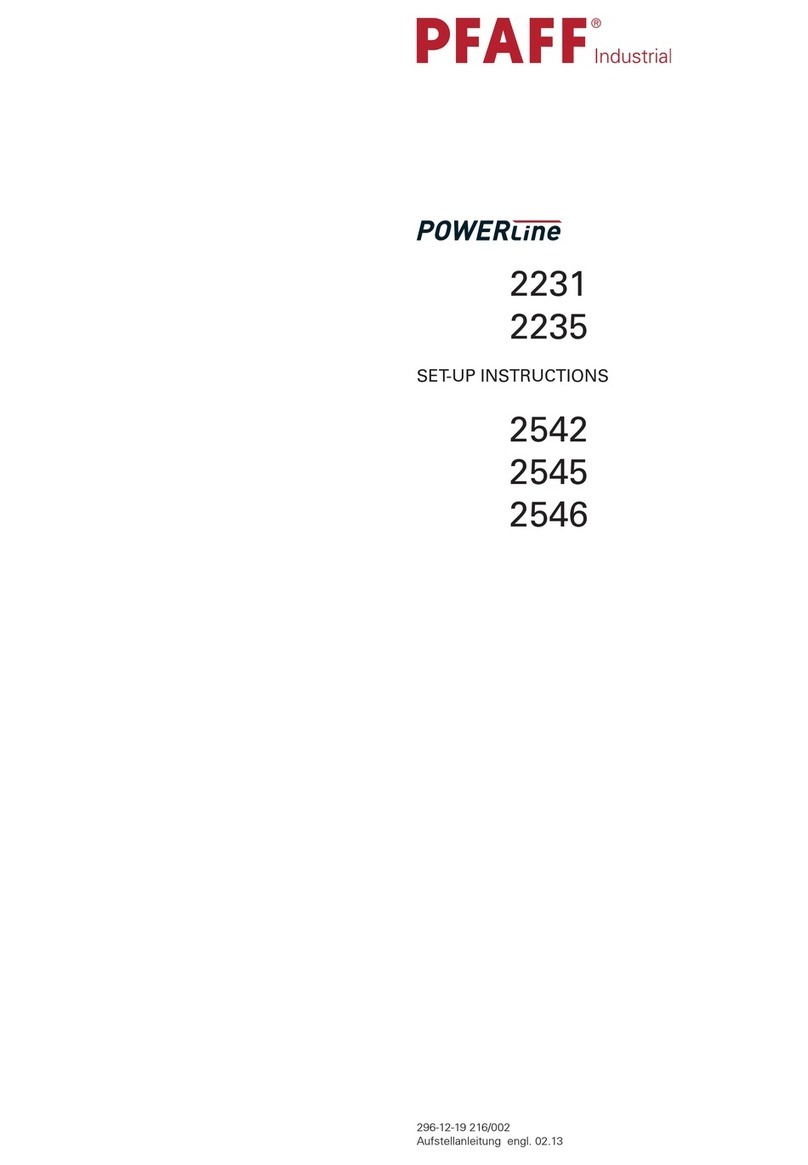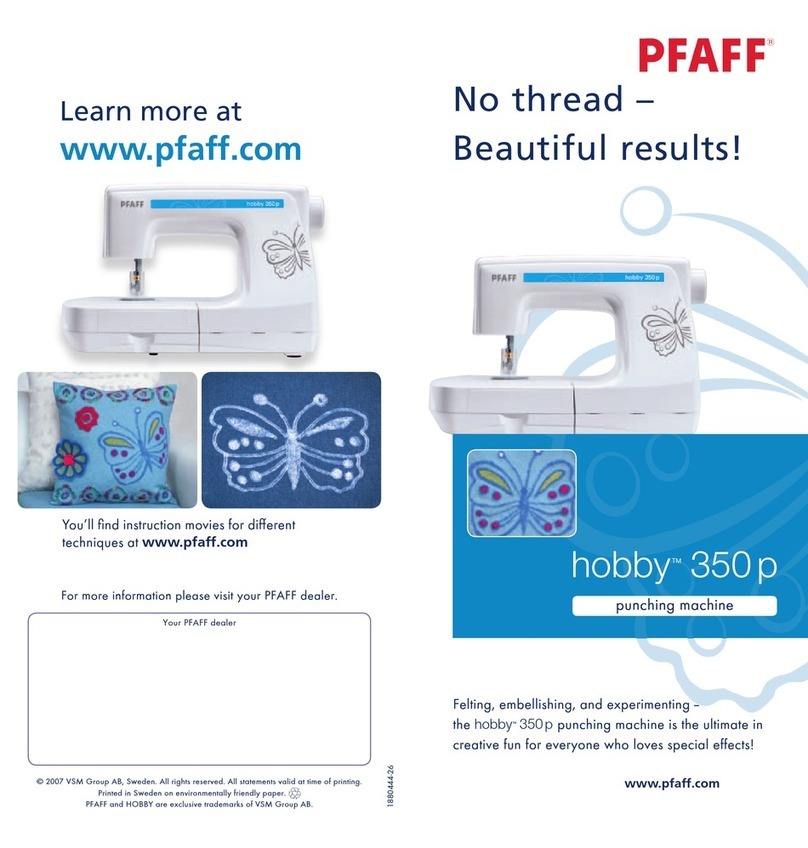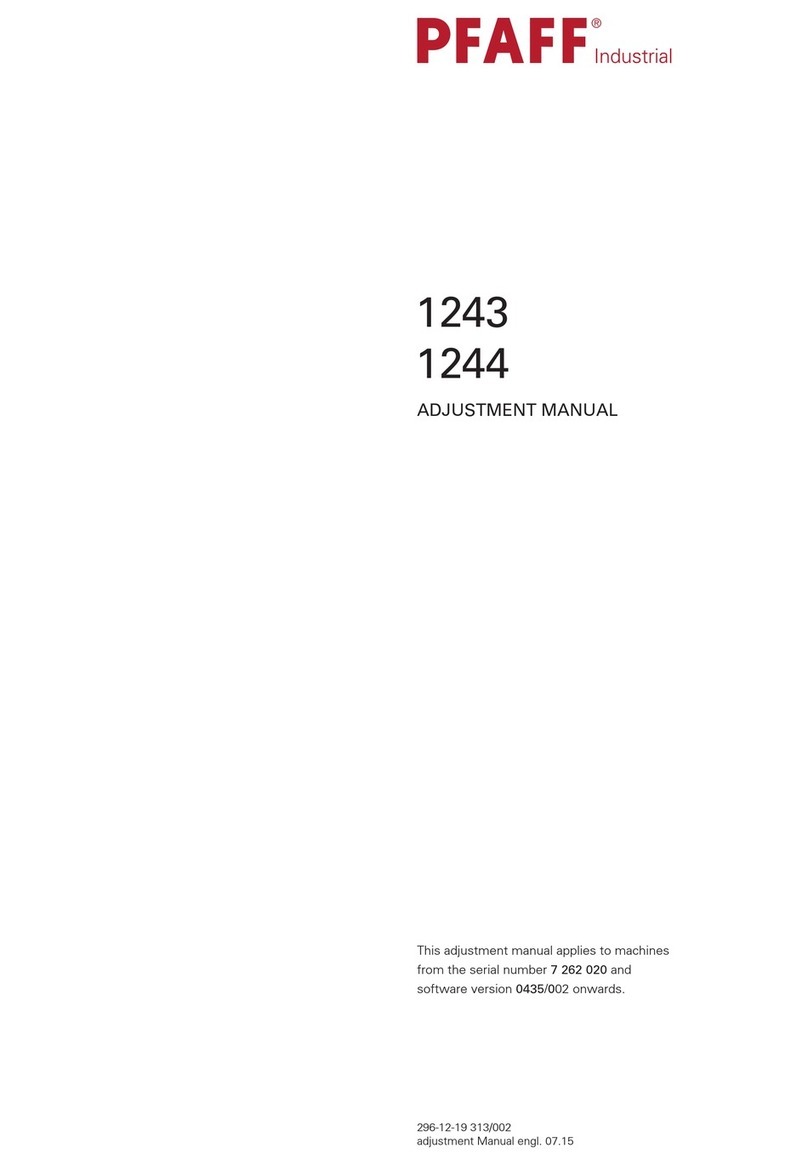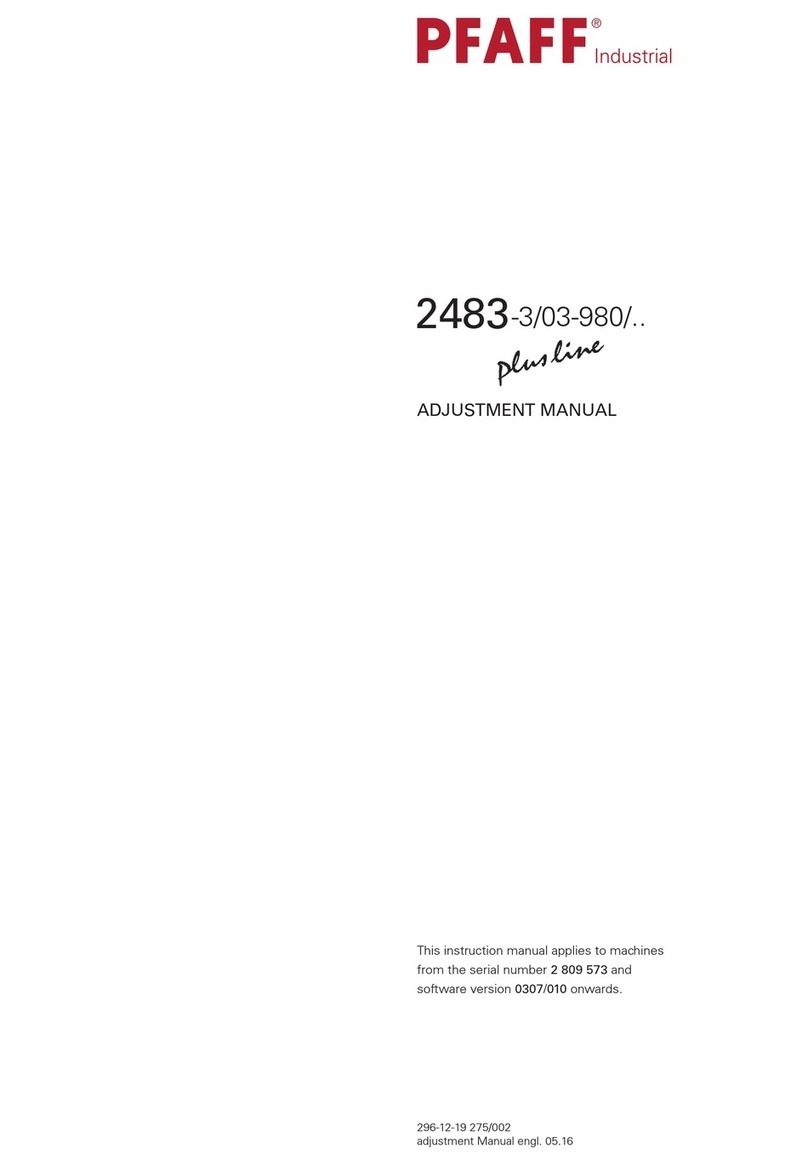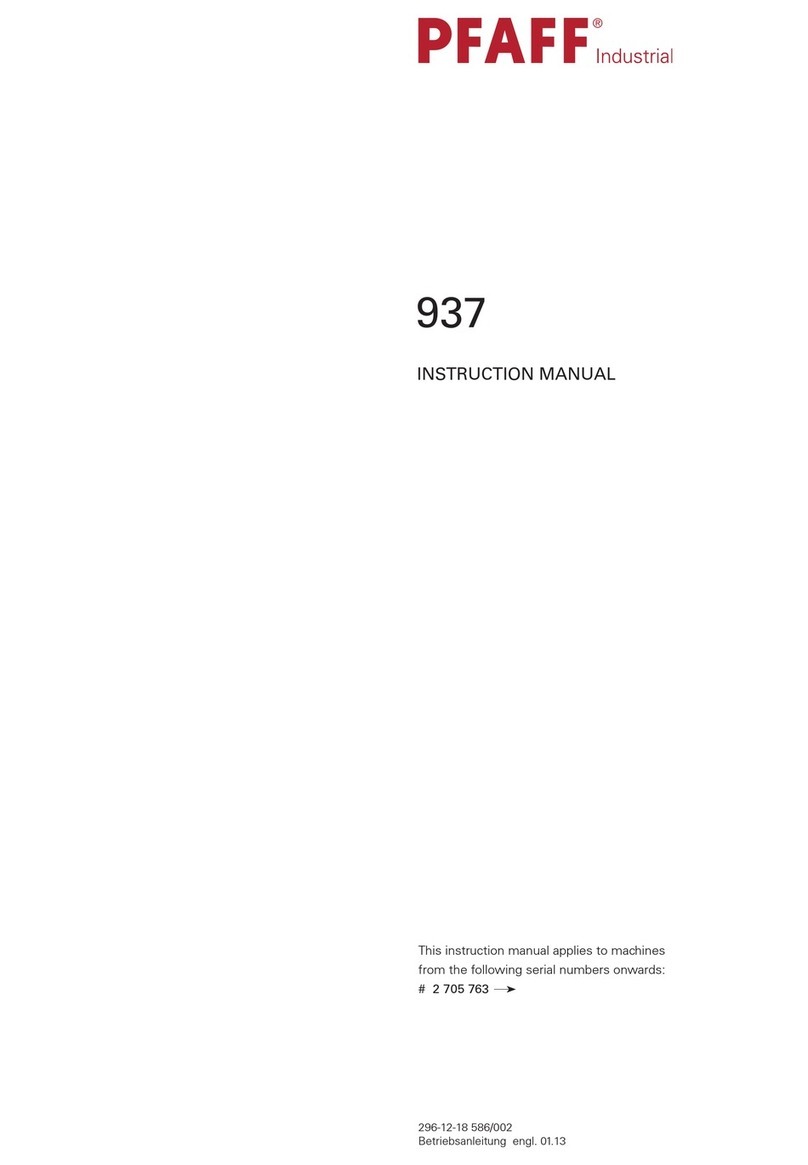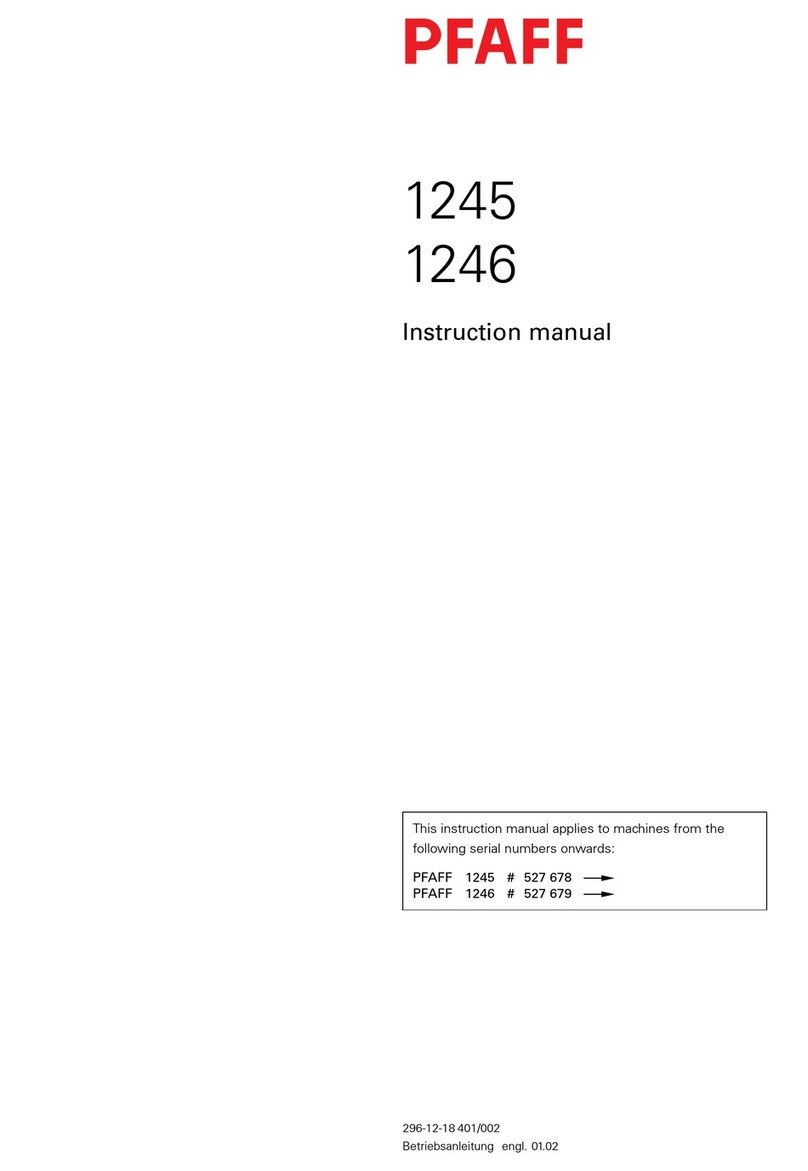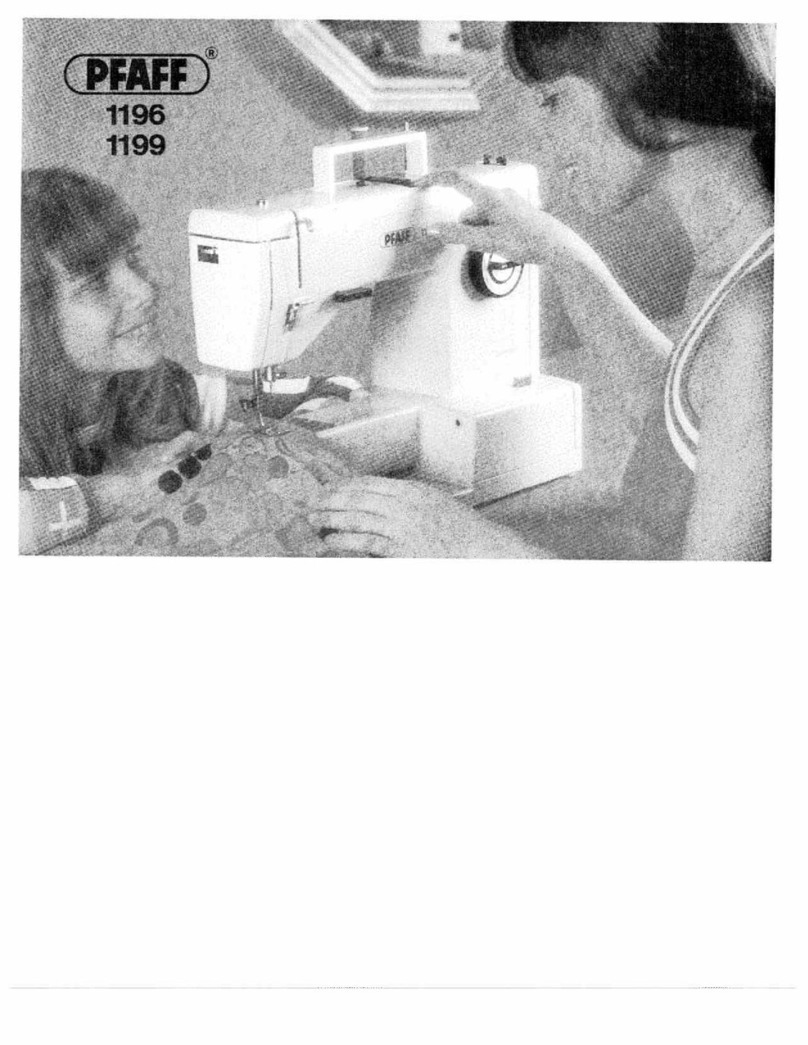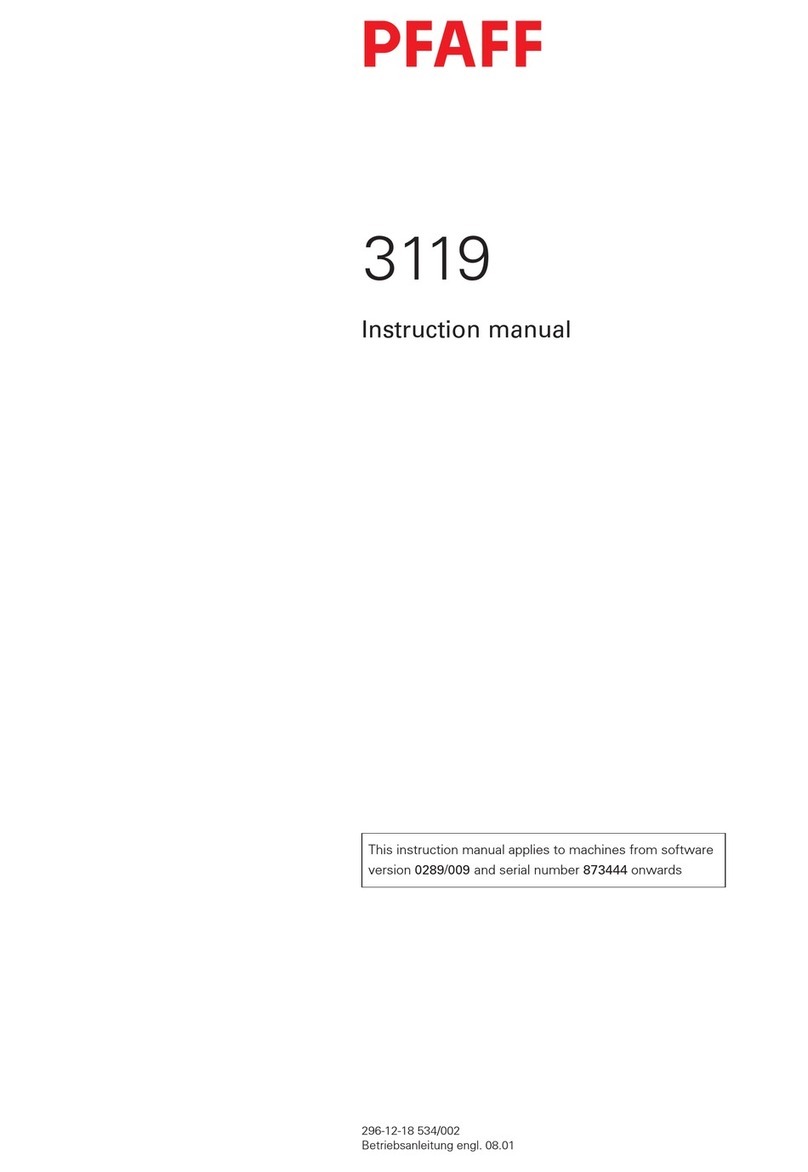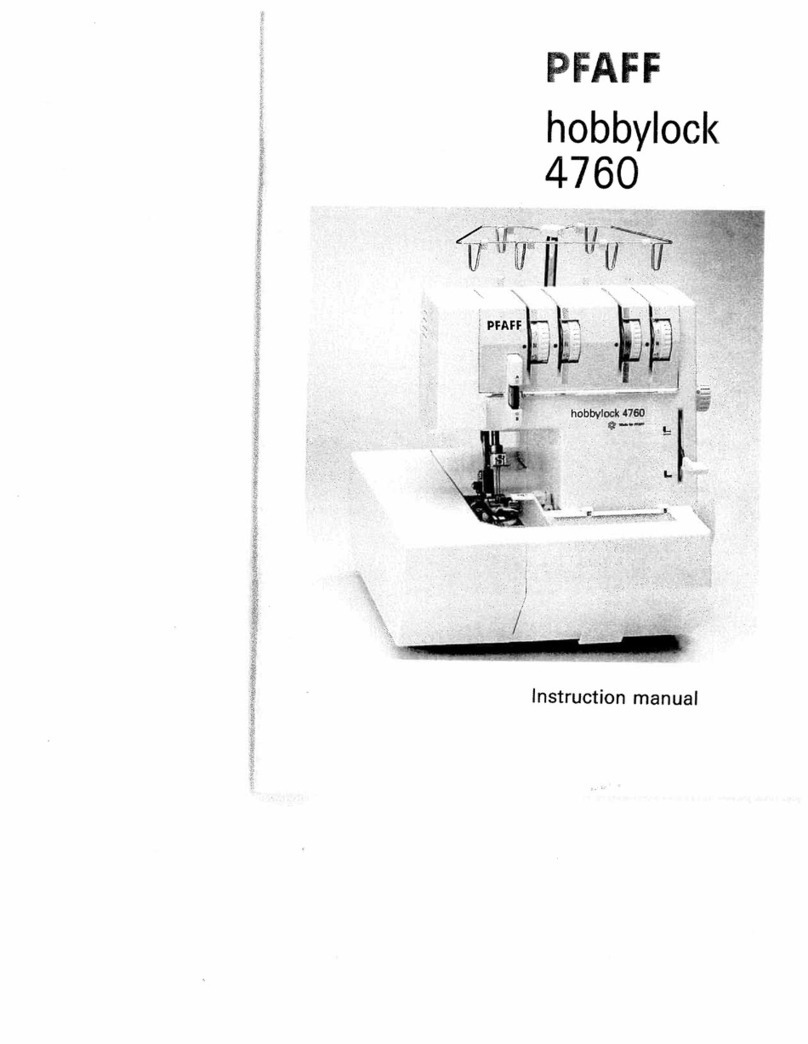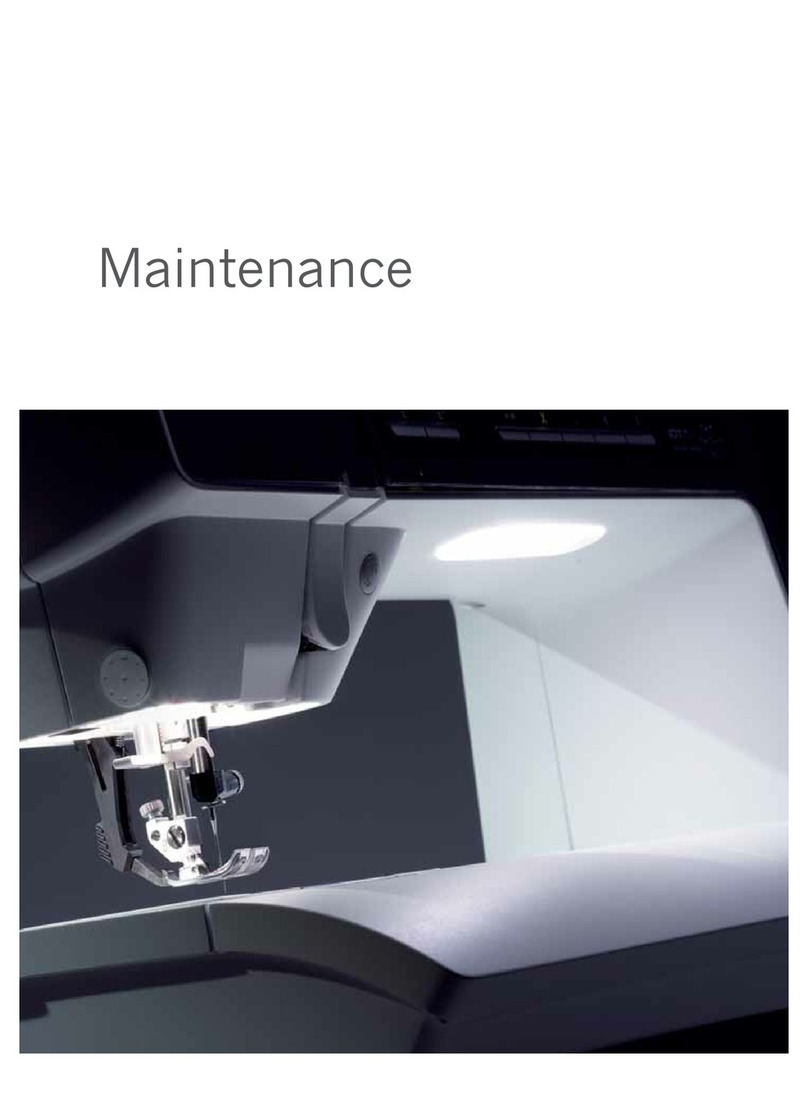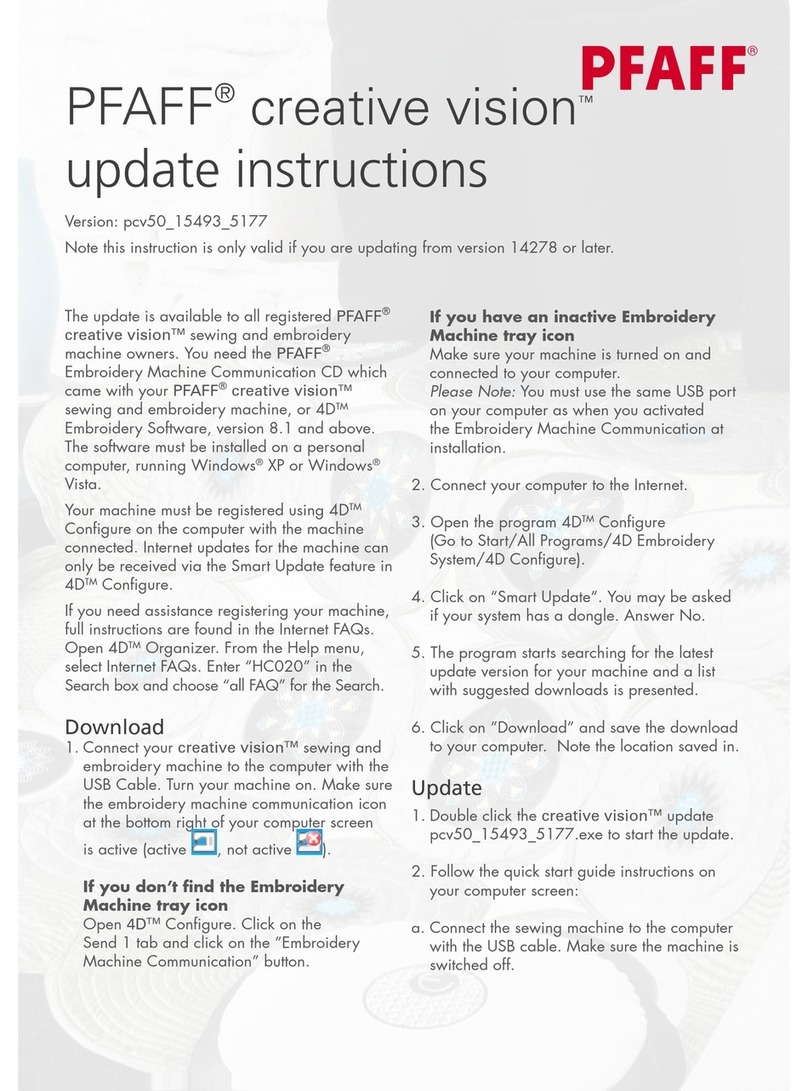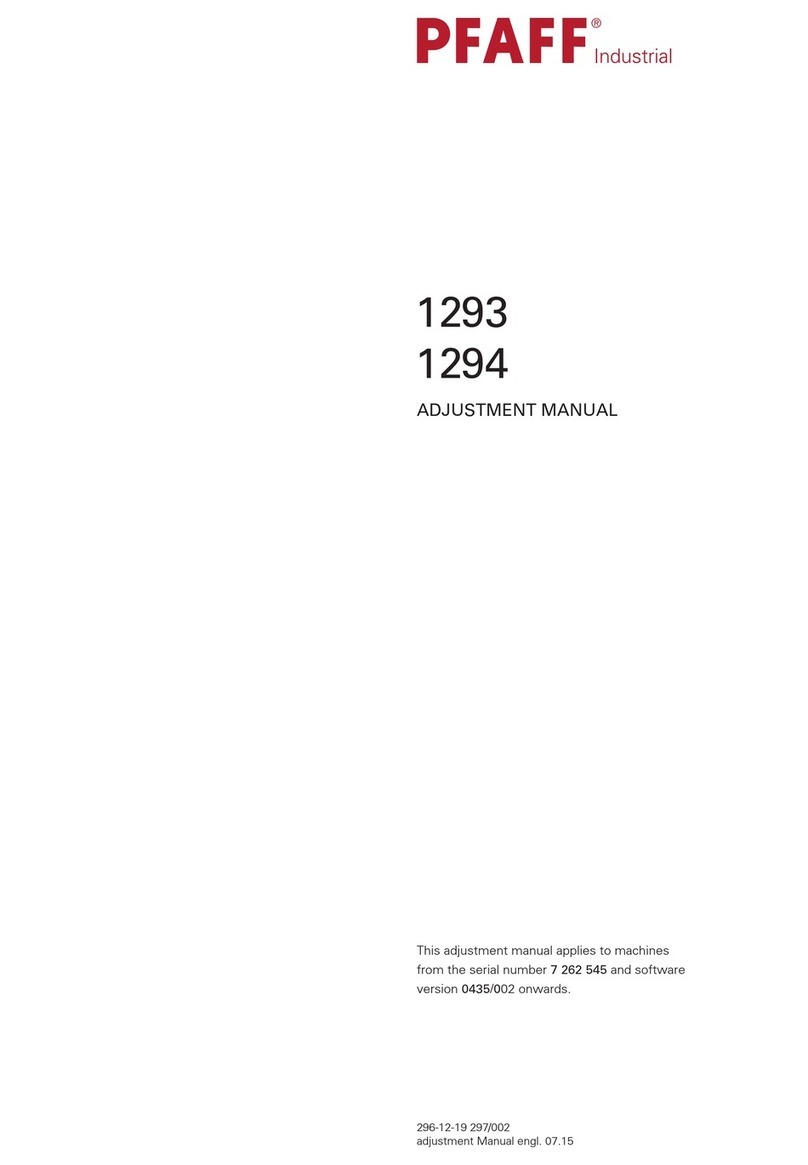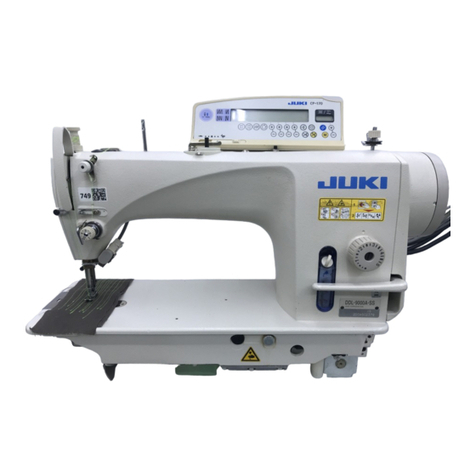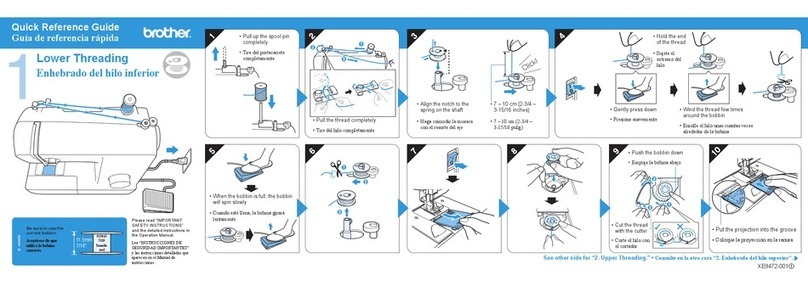
Contents
Contents ....................................................................................Chapter - Page
9.03 Entering the sealing parameters.......................................................................................... 24
9.03.01 Entering the sealing power or the sealing amplitude........................................................... 25
9.03.02 Entering the sealing speed .................................................................................................. 27
9.03.03 Entering the roller pressure ................................................................................................. 29
9.04 Adjusting the control panel .................................................................................................. 30
10 Sealing ................................................................................................................................ 31
10.01 Sealing principle................................................................................................................... 31
10.02 Manual sealing..................................................................................................................... 32
10.03 Dynamic sealing................................................................................................................... 34
10.04 Basting................................................................................................................................. 36
10.05 Creating/altering a sealing program ..................................................................................... 37
10.05.01 Notepad ............................................................................................................................... 38
10.05.02 Basic functions for the program input.................................................................................. 39
10.05.03 Sealing parameters .............................................................................................................. 40
10.05.04 Functions for switching to other zones ................................................................................ 40
10.05.05 Entering further sealing parameters .................................................................................... 41
10.05.06 Concluding programming..................................................................................................... 42
10.05.07 Example of how to enter a sealing program........................................................................ 43
10.06 Programmed sealing with individual programs.................................................................... 47
10.07 Creating/processing sequences........................................................................................... 48
10.08 Programmed sealing with sequences.................................................................................. 49
10.09 Error messages.................................................................................................................... 50
10.10 Turning the rollers ................................................................................................................ 50
11 Input .................................................................................................................................... 52
11.01 Summary of the functions in the input mode ...................................................................... 52
11.02 Program management .........................................................................................................53
11.03 Further settings.................................................................................................................... 55
11.03.01 Automatic ply recognition .................................................................................................... 57
11.03.02 Feed roller parameters......................................................................................................... 59
11.03.03 Rights of access .................................................................................................................. 60
12 Care and Maintenance....................................................................................................... 63
12.01 Maintenance intervals.......................................................................................................... 63
12.02 Checking/adjusting the air pressure..................................................................................... 63
12.03 Cleaning the air filter of the air-filter/lubricator ..................................................................... 64
12.04 Cleaning the feed rollers ...................................................................................................... 64
12.05 Changing the lamps (only on flat-bed version)..................................................................... 65
13 Adjustment ......................................................................................................................... 66
13.01 Notes on adjustment ........................................................................................................... 66
13.02 Tools, gauges and other accessories ................................................................................... 66
13.03 Abbreviations ....................................................................................................................... 66
13.04 Changing the top feed roller on the flat-bed version............................................................ 67
13.05 Changing the bottom feed roller on the feed-off-the-arm and post version .............................68

